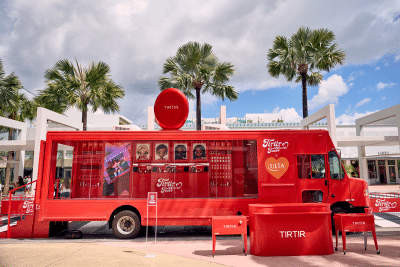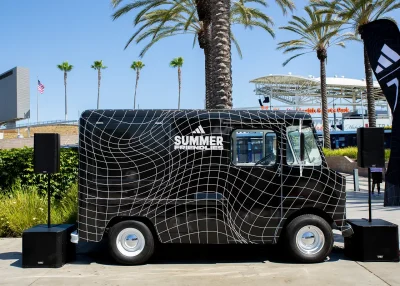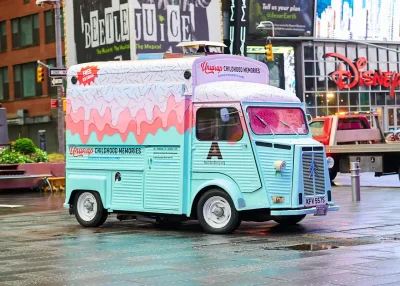
Driving Brand Awareness: 4 Creative Ways Promotional Vehicles Marketing Turns Everyday Streets into Unforgettable Experiences
In today’s crowded marketplace, brand marketing requires more than just clever slogans or traditional advertising. To truly stand out, companies are turning to promotional vehicles—mobile

